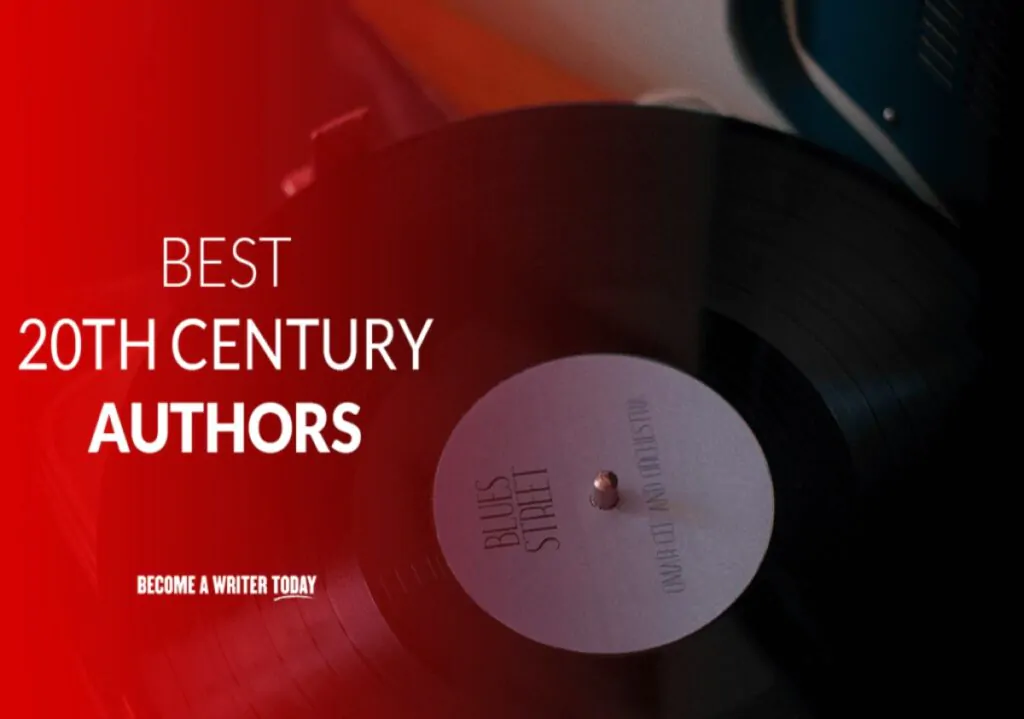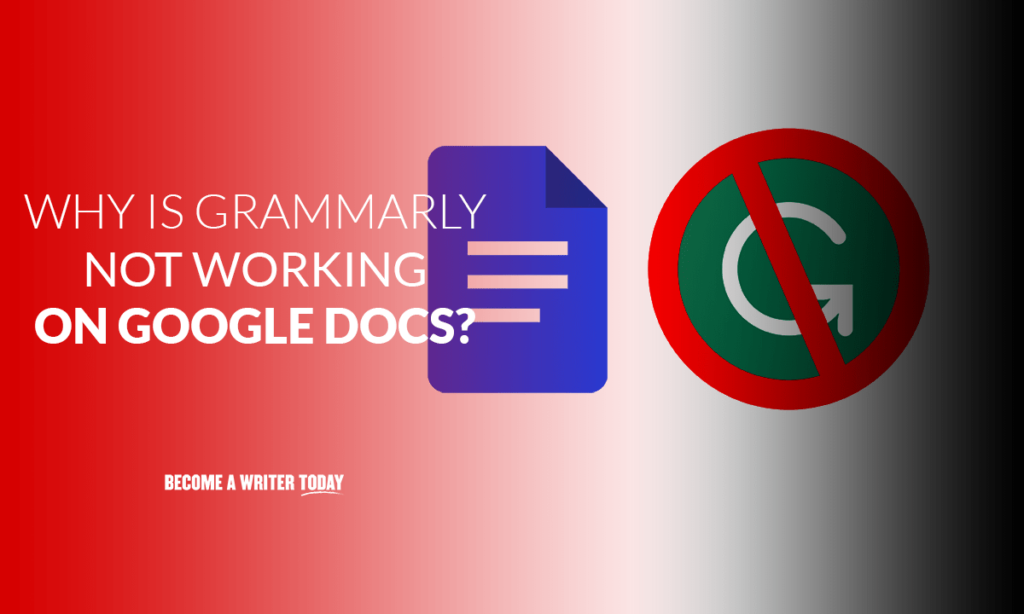Become a Professional Writer
As Seen On

Writing Software Reviews
We try and test the best writing software and apps. Read some of our popular reviews.
Writing Resources
Watch, listen and learn from podcasts, videos and courses about the craft of writing from Become a Writer Today.
YouTube
Watch our videos packed full of writing advice, software reviews, tips, interviews, and book-round-ups on our channel. ⏯️
Courses
Get help with writer’s block, self-publishing, and earning more money as a writer in these popular courses. ✍️
Podcast
Listen to interviews with New York Times best-selling authors and other top writers. Get practical advice that works. 🎧
Writing Blog and News
Our team of expert writers publishes practical advice about the craft of writing.
8 Best Apps for Journalists Must Use This Year
Check out these best apps for journalists that help streamline a reporting workflow and help…
11 Best 20th Century Authors You Must Read
If you are looking for the best 20th century authors, who are some of the…
Best Landing Page Software: Create Landing Pages That Work! (2024)
What is landing page software and which is the best landing page software in 2024?…
10 Best Authors Like Bernard Cornwell for History Buffs
Go back in time with this list of the best authors like Bernard Cornwell. Known…
Is On Capitalized In A Title?
Is on capitalized in a title? Learn more about these English grammar rules below. You…
Why Is Grammarly Not Working on Google Docs? Possible Problems and Solutions
Are you trying to find out why is Grammarly not working on Google Docs and…

Writing Advice That Works
Our team has written thousands of articles covering all types of writing, book genres, niches, tools, famous authors, and the written word. You can start your writing journey today.

Need Writing Software?
We regularly review and profile the best writing tools, apps, grammar checkers, and AI writing software, so you can find one that works best.

Great Books
Our team of writers has read and reviewed the best books and authors across various genres. Never run out of items for your reading list.








